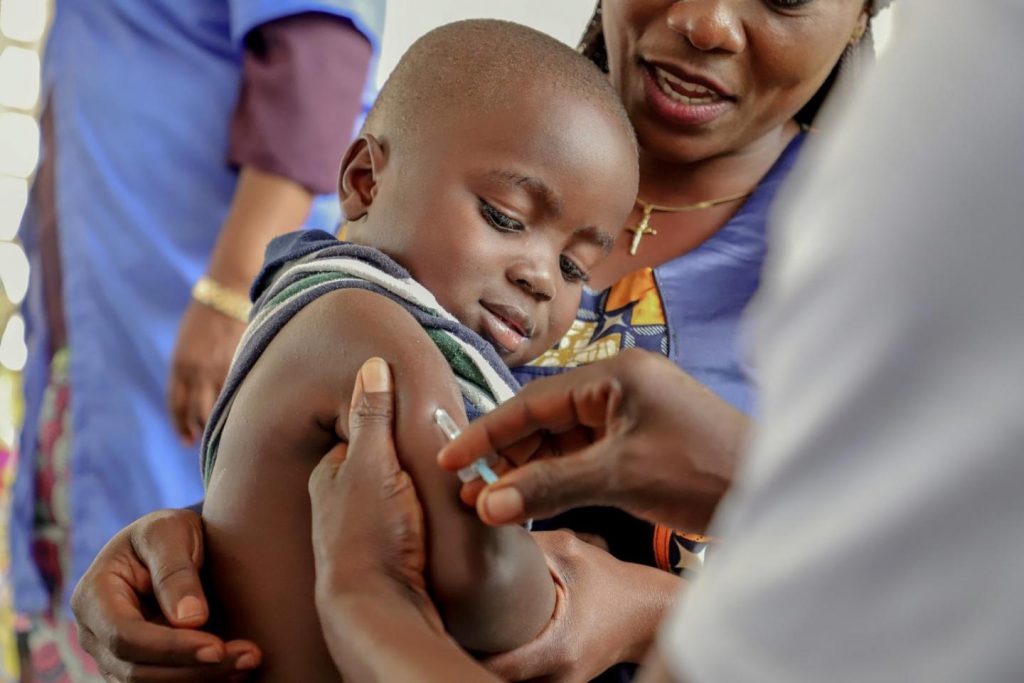According to a new World Health Organisation (WHO) report, there were approximately 11 million more cases of malaria in 2023 compared to 2022, bringing the total to an estimated 263 million. This marks another year of minimal progress in the fight against the long-standing disease.
The report also recorded 597,000 malaria-related deaths, a figure similar to that of 2022, with the vast majority of fatalities occurring among African children under the age of 5.
“No-one should die of malaria; yet the disease continues to disproportionately harm people living in the African region, especially young children and pregnant women,” said Dr Tedros Adhanom Ghebreyesus, WHO Director-General, in a statement.
Malaria cases and deaths declined significantly between 2000 and 2015, but progress has since stalled and even reversed, with a notable increase in mortality during the COVID-19 pandemic.

The rise in cases is not only due to population growth. In 2015, there were 58 malaria cases for every 1,000 people considered at risk; by 2023, that number had risen to 60.4, nearly three times higher than the WHO’s target. Additionally, there were 13.7 malaria deaths per 100,000 people at risk, more than double the target.
Although new tools to combat the mosquito-borne disease are available, such as two vaccines and next-generation bed nets, the WHO pointed out that climate change, conflict, displacement, drug and insecticide resistance, and insufficient funding have all contributed to the challenge of fighting malaria, despite progress in certain countries.
In 2023, $4 billion was allocated to the fight against malaria, far short of the estimated $8.3 billion needed, according to the WHO.


